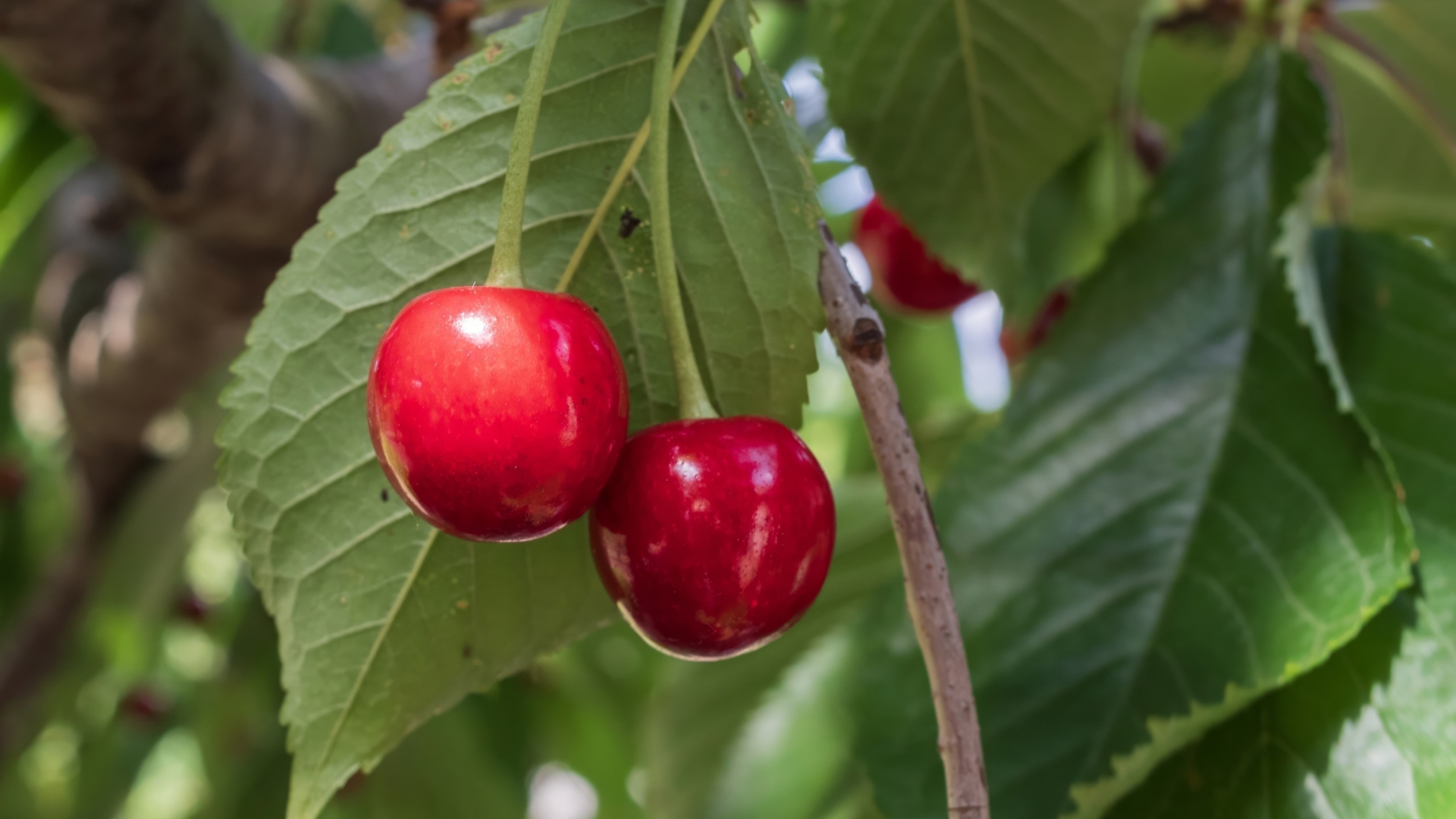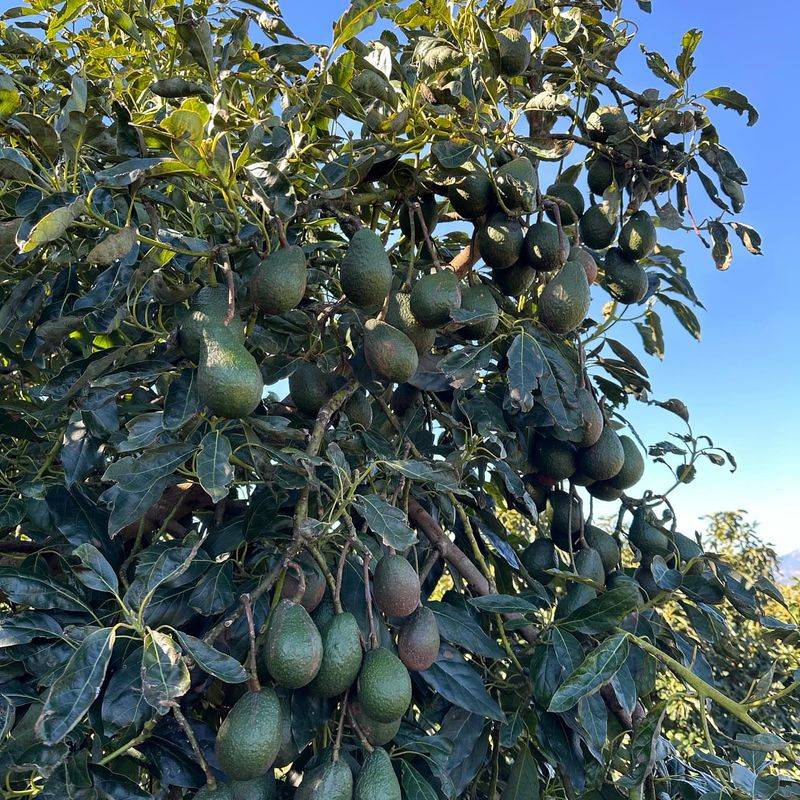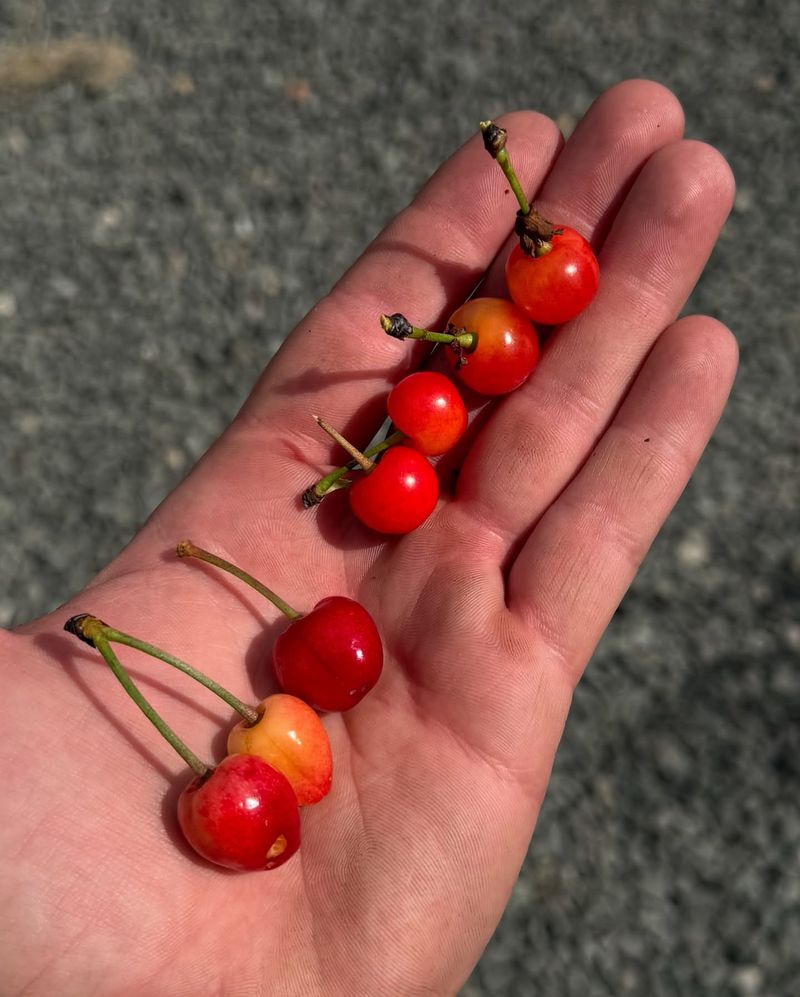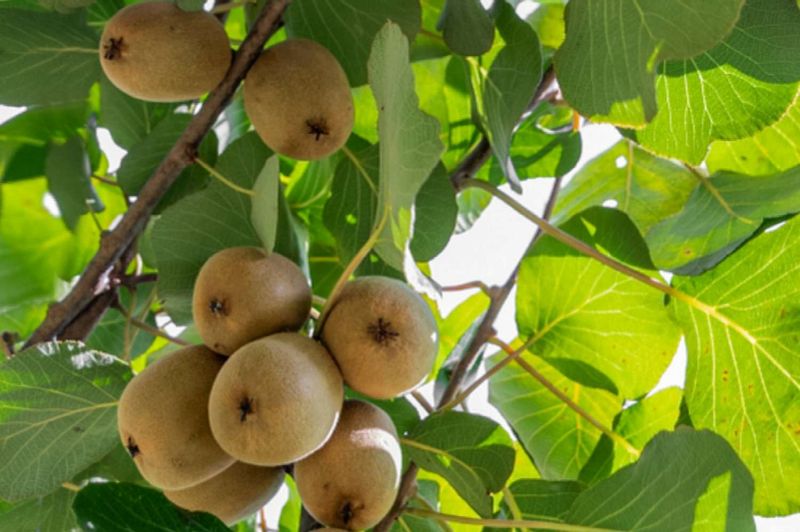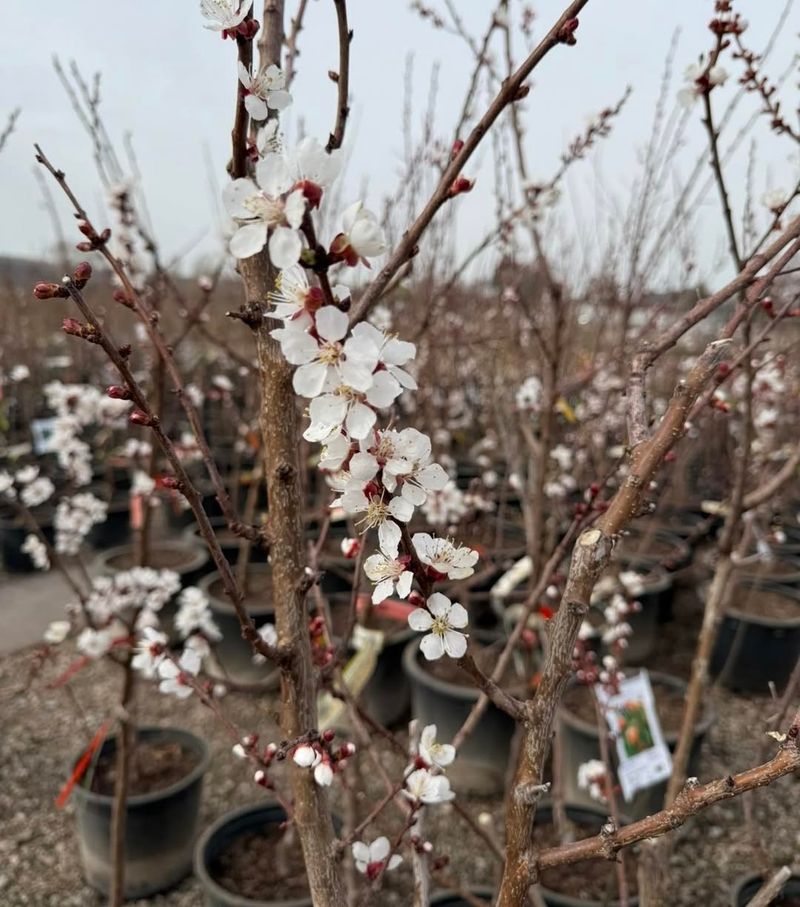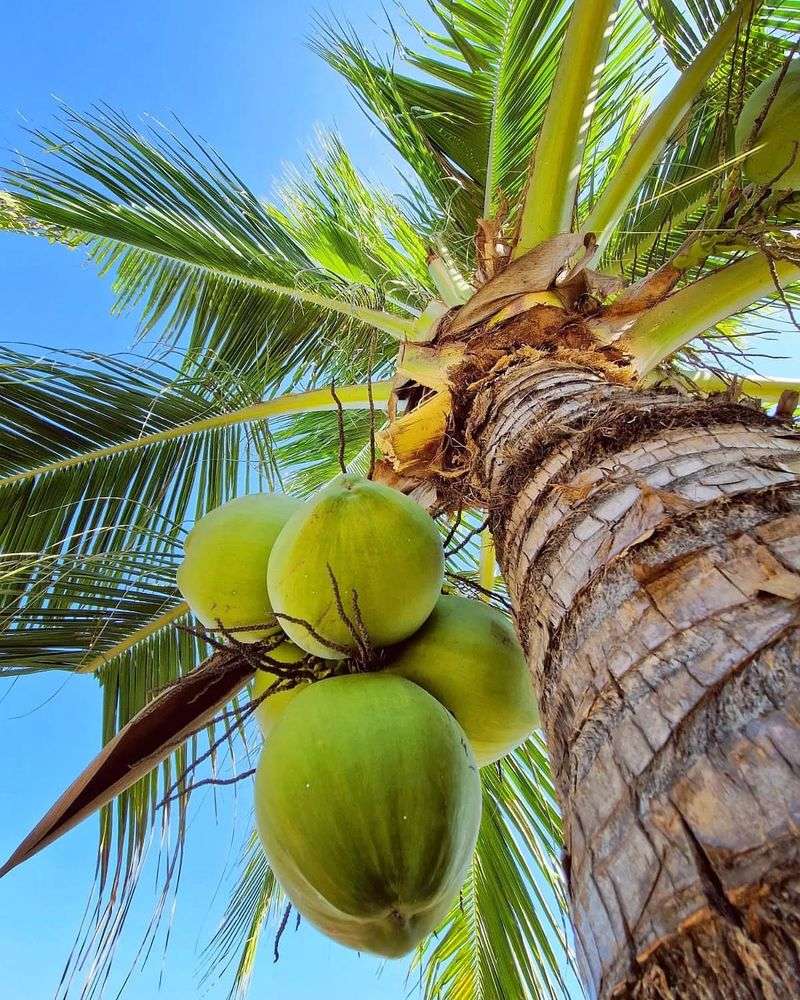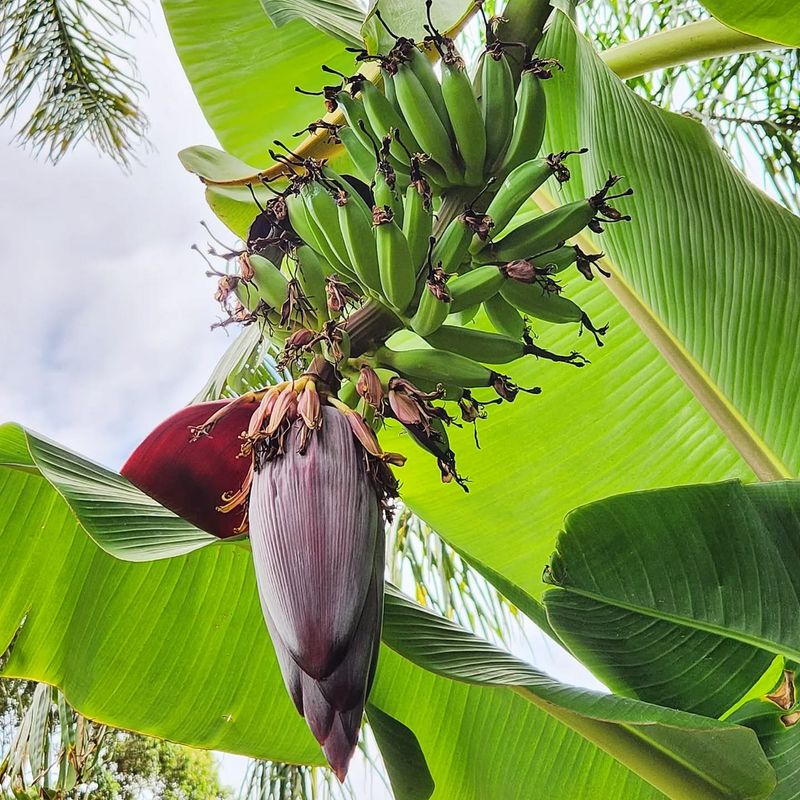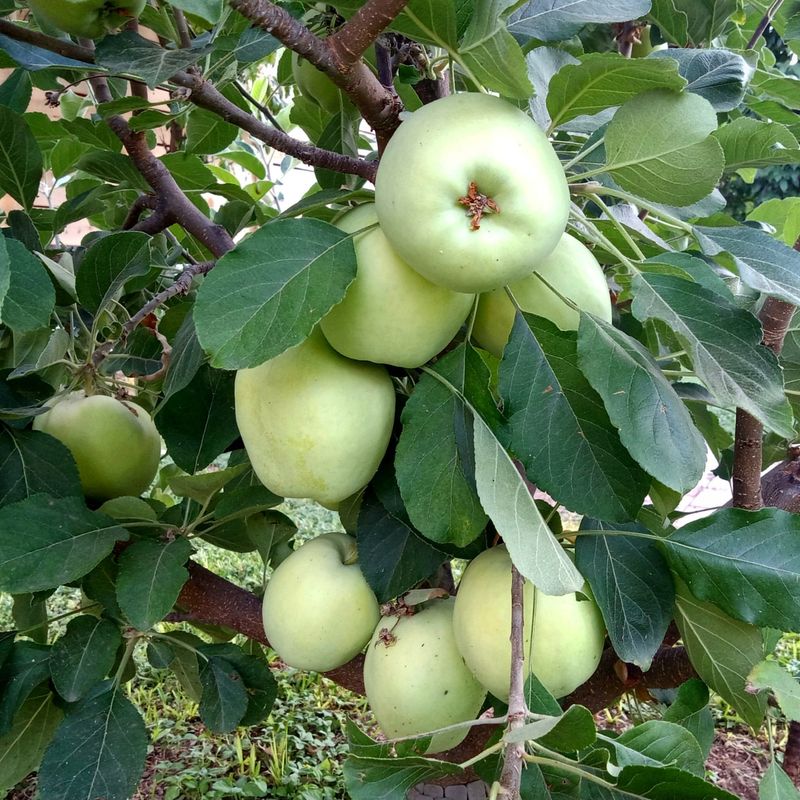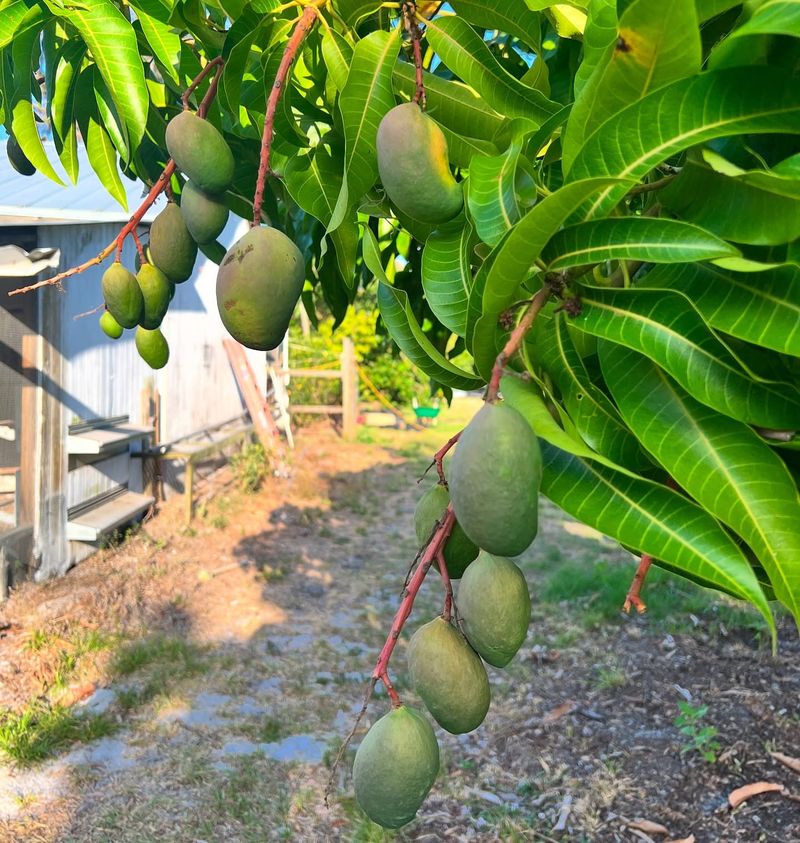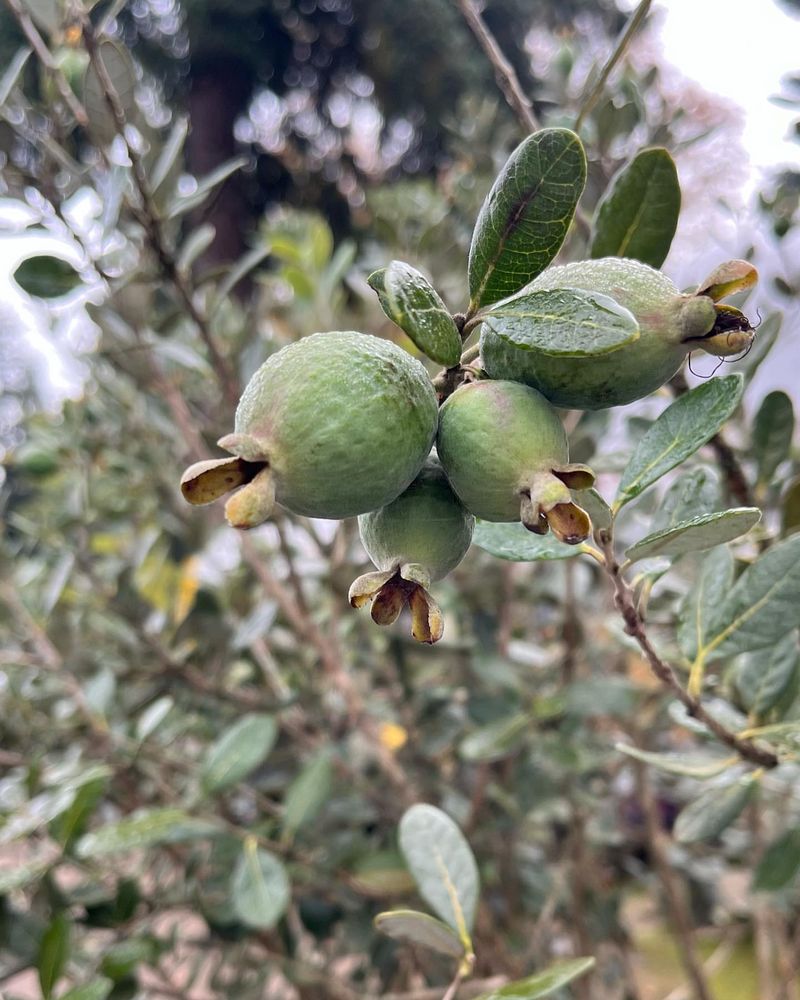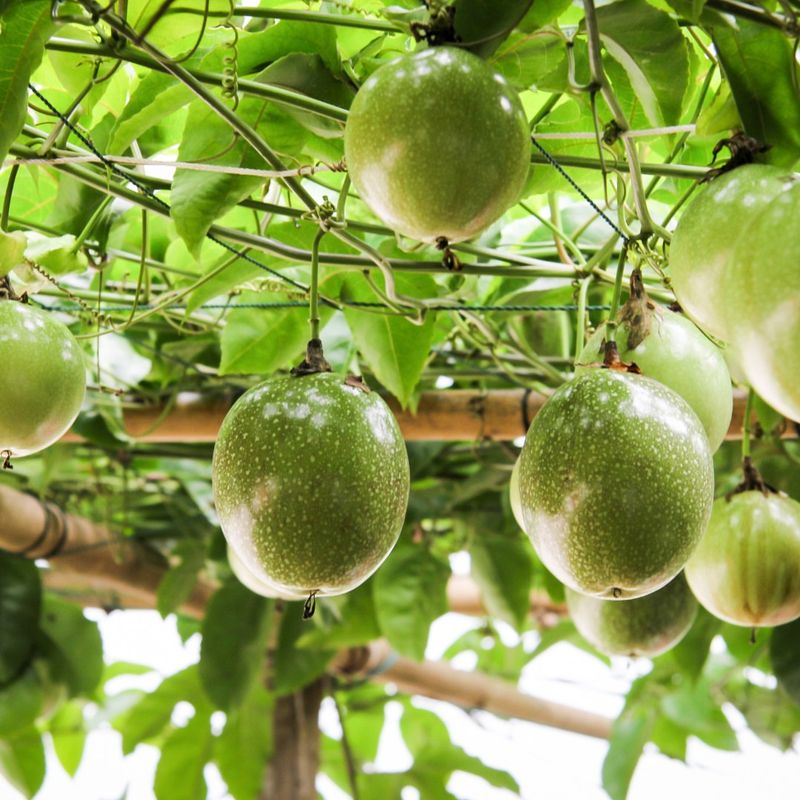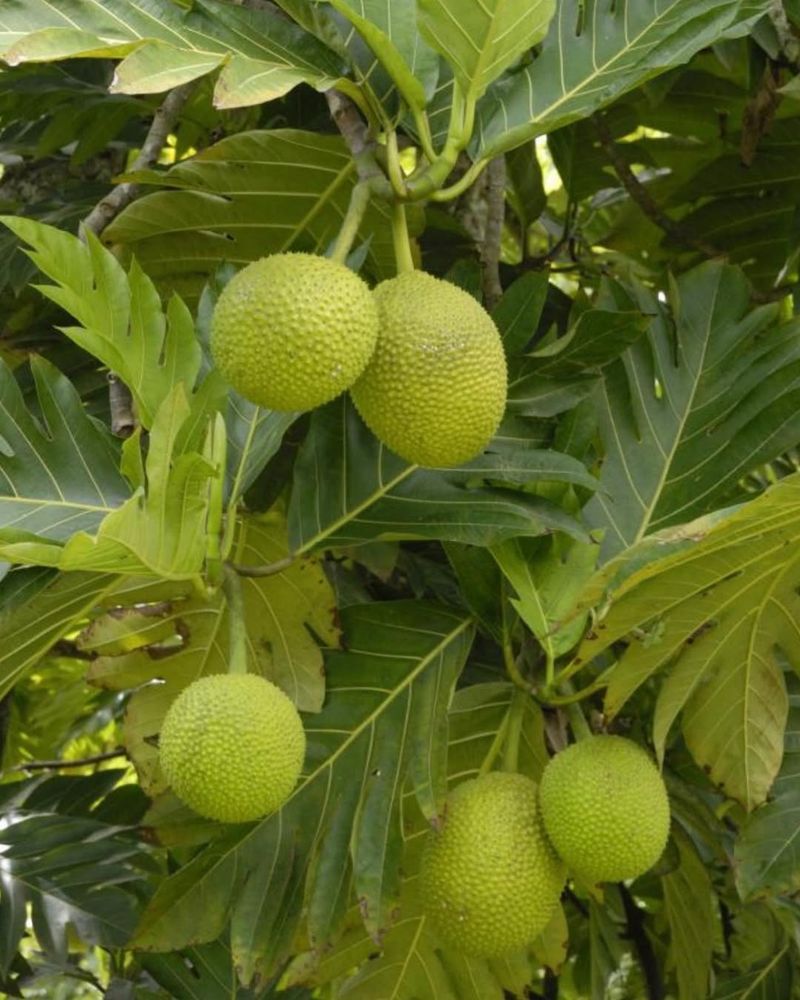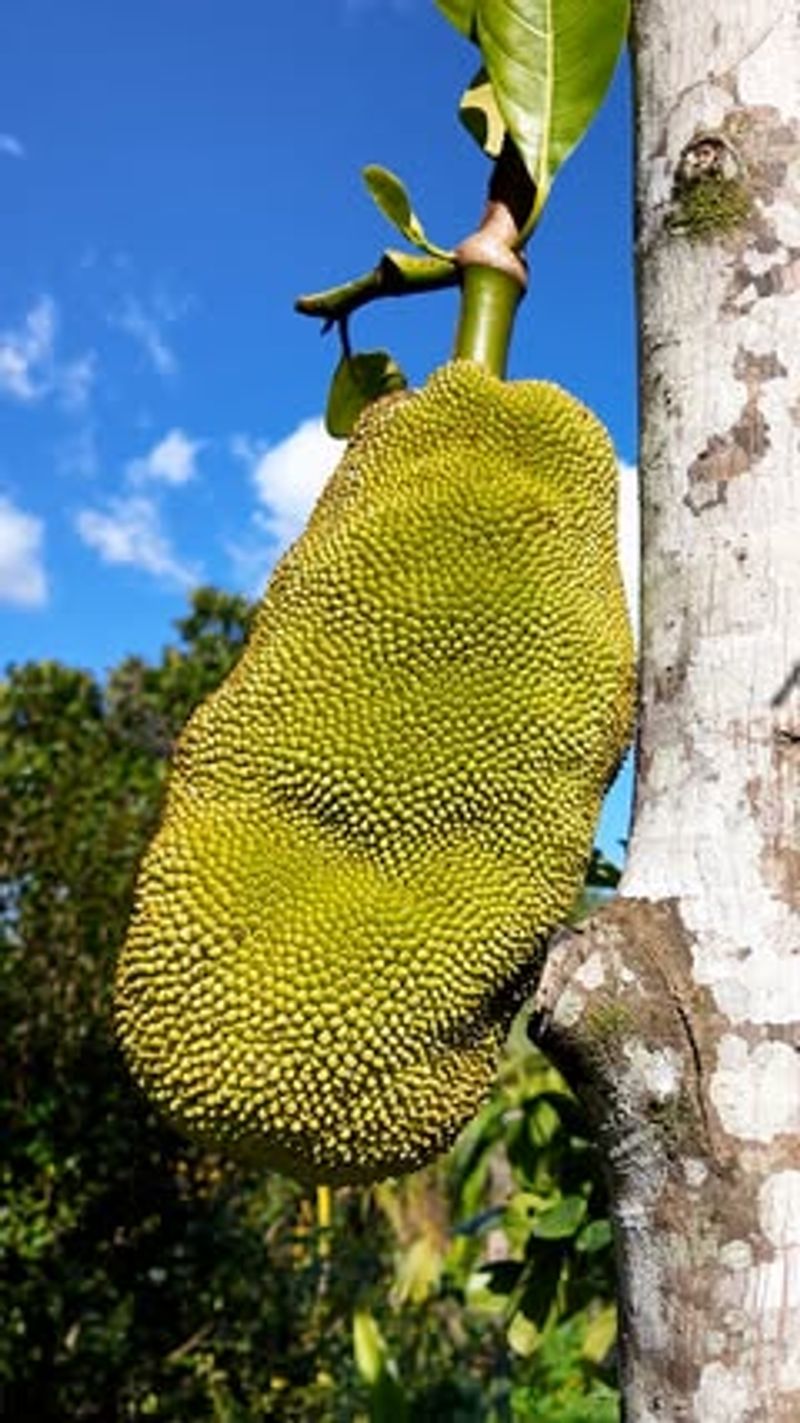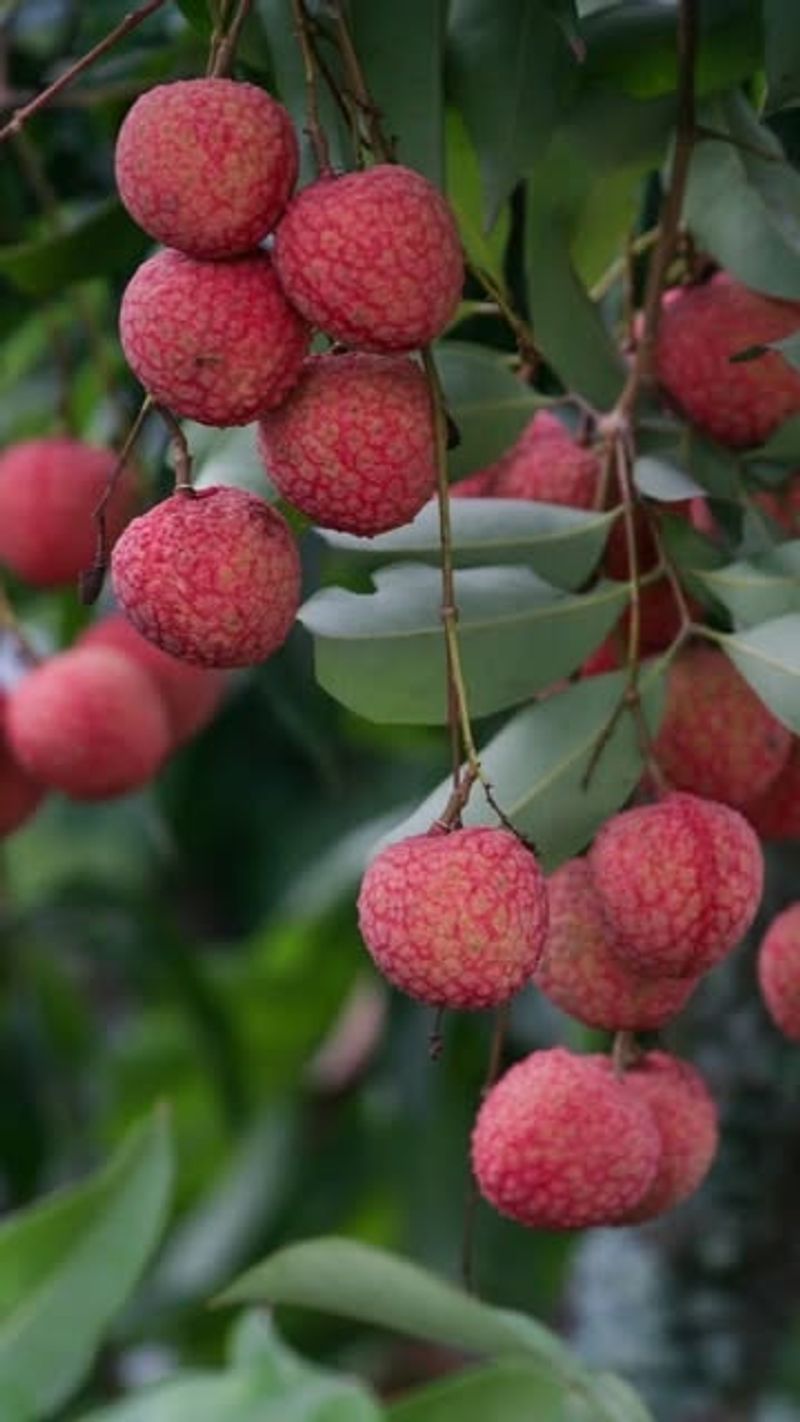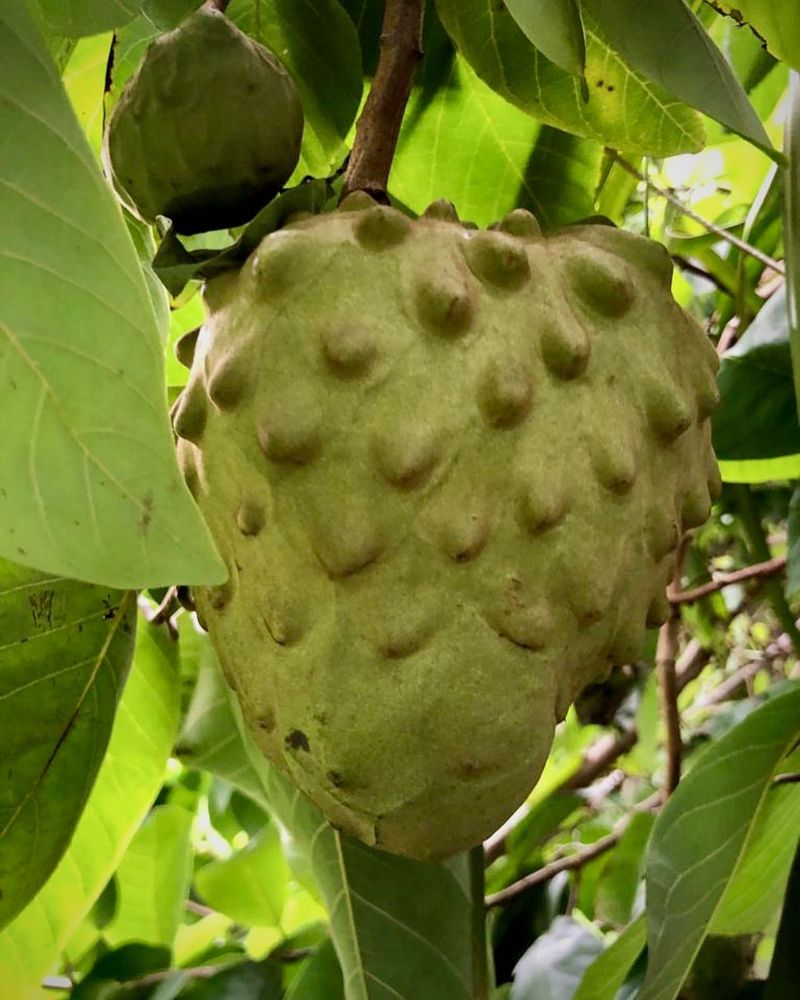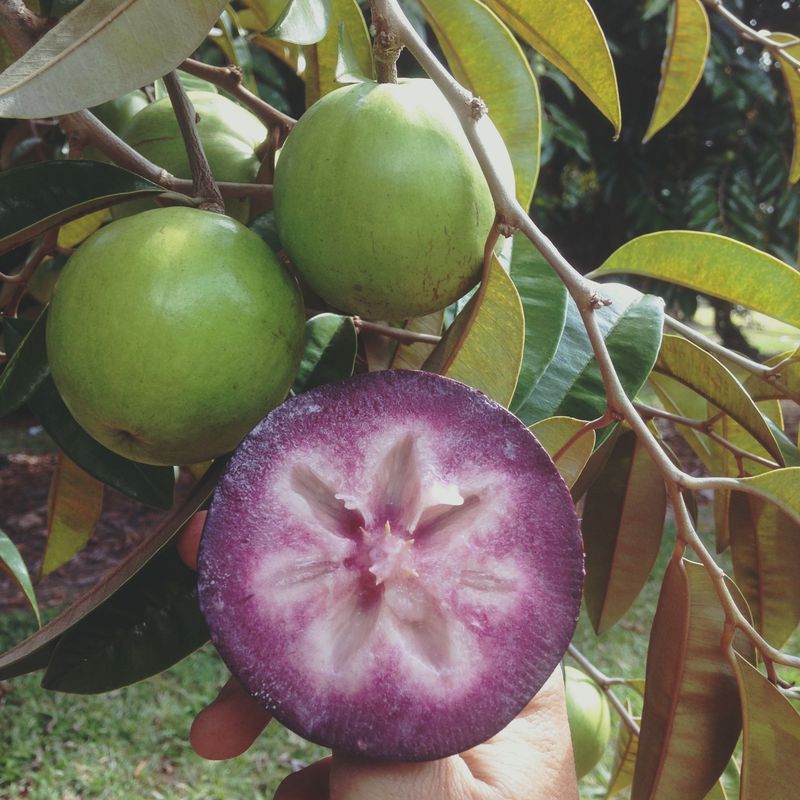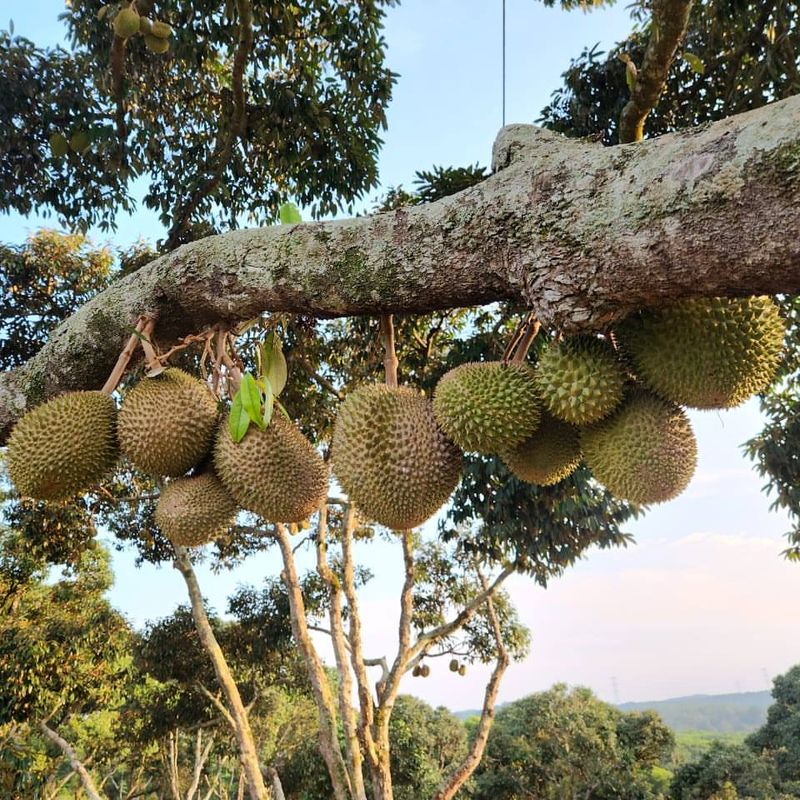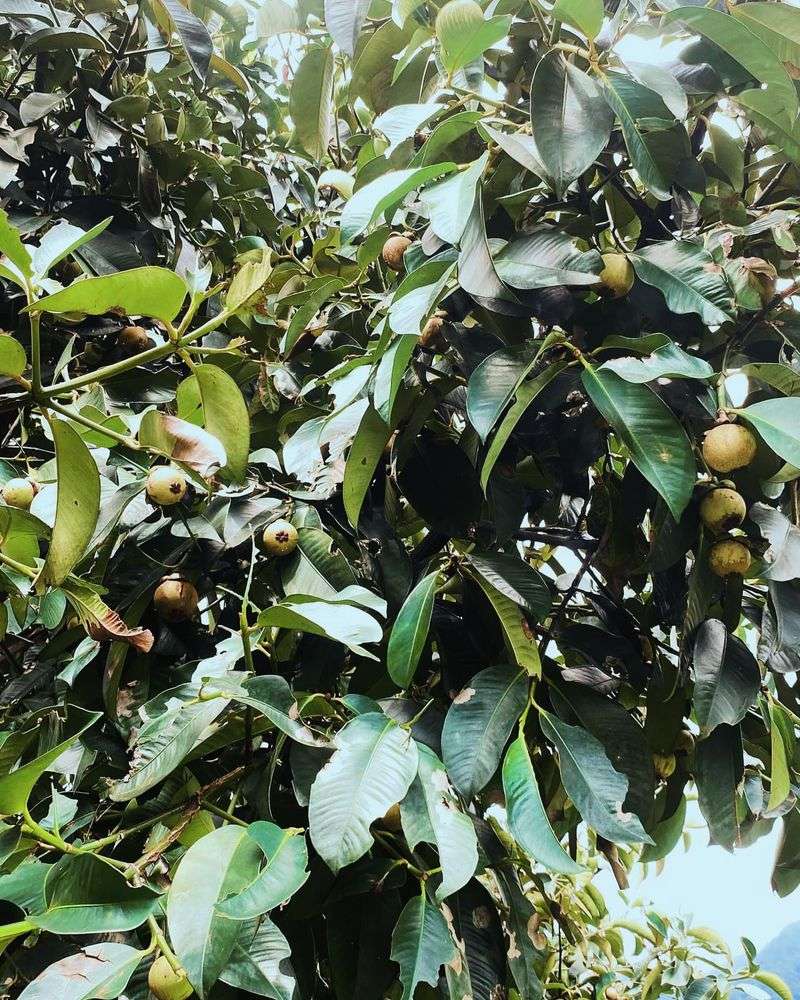Some fruit trees just don’t stand a chance in Texas, no matter how much hope you plant with them. I’ve tried a few that looked promising, only to end up with sad leaves, zero fruit, and a whole lot of regret.
Between the heat, dry spells, and surprise cold snaps, Texas isn’t kind to every tree. It’s frustrating to put in the work and get nothing back.
Let’s break down the fruit trees that just aren’t worth your time in the Lone Star State!
1. Avocado
Ever tried growing these green gems in Texas soil? They hate our occasional freezes and throw tantrums when temperatures drop below 32°F. Most varieties just can’t handle the climate stress.
Commercial avocado production in Texas is nearly impossible outside the Rio Grande Valley. Even there, you’ll battle constant weather threats and end up with puny fruit that hardly resembles what you’d find in stores.
2. Cherry
Sweet cherries need what Texas simply doesn’t offer – long, cold winters and mild summers. Without proper winter chilling hours, these trees get confused and produce pathetically small harvests or none at all.
Even in North Texas where winters are cooler, cherry trees struggle against spring freezes that kill blossoms. The few cherries that might develop often get cooked on the branch during our infamous summer heat waves.
3. Kiwi
Kiwi vines might look tropical, but they’re actually cool-weather lovers from China. The scorching Texas summer sends them into shock, causing leaf burn and fruit drop before anything edible develops.
Hardy kiwi varieties fare slightly better in North Texas but still require more maintenance than they’re worth. Between our alkaline soils and humidity, these plants become magnets for every fungal disease known to gardeners across the state.
4. Apricot
Apricot trees are notorious heartbreakers in Texas gardens. They bloom way too early in our deceptive February warm spells, only to have their flowers zapped by inevitable late freezes.
Year after year, Texans watch their apricot trees burst with beautiful pink blossoms that never become fruit. Even in the rare season when frost doesn’t kill the blooms, the summer humidity triggers fungal issues that ruin whatever crop might develop.
5. Coconut Palm
Despite what tropical resort fantasies might suggest, coconut palms freeze to death in most of Texas. They require consistent temperatures above 64°F to survive, making them suitable for only the tiniest sliver of South Texas coastline.
Hurricane season threatens any coconut palm brave enough to grow along the Texas coast. Even in protected spots, these trees rarely produce edible coconuts in our climate, making them expensive lawn ornaments rather than productive fruit trees.
6. Banana
Banana plants grow beautifully during Texas summers, creating a false sense of tropical success. Then winter arrives, freezing them to the ground and erasing all your hard work in a single night.
Some dedicated gardeners in Texas wrap their banana plants like mummies each winter. Despite these heroic efforts, the growing season simply isn’t long enough for fruit to mature before the next freeze comes along and starts the cycle again.
7. Apple (Low-Chill)
Most apple varieties need more winter chill hours than Texas provides. Low-chill varieties exist but often disappoint with mealy, flavorless fruit that barely resembles the crisp apples from the grocery store.
Fire blight disease runs rampant through Texas apple trees, requiring constant vigilance and spraying. Between the disease pressure and fruit that’s mediocre at best, growing apples in most parts of Texas becomes an exercise in frustration rather than rewarding harvest.
8. Mango
Mango trees tantalize Texas gardeners with their glossy leaves and tropical promise. Reality hits hard when temperatures dip below 40°F, causing these sensitive trees to decline rapidly or die outright.
Growing mangoes in containers and moving them indoors for Texas winters creates stunted trees that rarely fruit. The few determined souls who manage to keep mangoes alive in the Rio Grande Valley still battle poor fruit set due to our humidity levels.
9. Pineapple Guava
Pineapple guava looks promising in Texas landscapes, sometimes even flowering beautifully. The problem comes when those flowers should become fruit – Texas heat often causes them to drop instead of developing.
Our alkaline soils throughout much of Texas create chlorosis issues in these acid-loving plants. While they might survive as ornamentals in some parts of the state, actually harvesting decent fruit becomes a pipe dream for most Texas gardeners.
10. Passion Fruit
Passion fruit vines grow like weeds during Texas summers, creating a false impression of easy success. Winter temperatures below 32°F kill them back completely in most parts of the state, forcing you to start over each spring.
The few vines that survive in protected spots face pollination problems in our climate. Texas lacks the specific carpenter bees that naturally pollinate these flowers, meaning you’ll need to hand-pollinate each bloom – a tedious task for minimal reward.
11. Breadfruit
Breadfruit trees require consistent tropical conditions that simply don’t exist in Texas. These sensitive plants die when temperatures drop below 40°F, making them impossible to grow outdoors in any part of the state.
A few botanical gardens across Texas have attempted to grow breadfruit in controlled greenhouse environments. Even under these perfect conditions, the trees rarely produce the starchy fruits that make them valuable food sources in truly tropical regions.
12. Jackfruit
Jackfruit trees make avocados look cold-hardy by comparison. These tropical giants suffer damage at temperatures below 35°F and die completely in freezes, making them unsuitable for Texas landscapes.
Beyond their cold sensitivity, jackfruit trees grow enormous – up to 80 feet tall with massive spreading roots. Texas yards simply aren’t equipped for these giants, which demand tropical humidity levels our climate can’t provide except in the most southern regions.
13. Lychee
Lychee trees create false hope in Texas gardens. They might survive for a few years in protected spots along the Gulf Coast, only to be killed by the first serious freeze that comes along.
Even in the warmest parts of South Texas, lychees struggle with our soil pH and summer heat. The few trees that survive rarely produce the sweet, juicy fruits that make this species desirable, leaving gardeners with just an expensive ornamental.
14. Cherimoya
Cherimoya trees demand perfect conditions that Texas simply can’t provide. They need cool but not cold winters, moderate summers, and specific humidity levels that don’t align with any part of our state.
Hand pollination is required for fruit set, making cherimoyas labor-intensive even in ideal climates. Texas gardeners who attempt these trees usually end up with expensive landscaping that never produces the creamy, tropical fruits they were hoping for.
15. Star Apple
Star apple trees fold under pressure when Texas winter temperatures drop below 28°F. These Caribbean natives simply aren’t built for our occasional freezes and temperature swings.
The few protected areas in deep South Texas where star apples might survive still face challenges. Our soils and rainfall patterns aren’t ideal for these trees, leading to poor fruit development even when they manage to flower in the Texas climate.
16. Durian
Known as the world’s smelliest fruit, durians thankfully can’t tolerate Texas weather. These strictly tropical trees die when temperatures drop below 45°F, making them impossible to grow outdoors anywhere in the state.
Greenhouse attempts at growing durian in Texas have largely failed due to the tree’s specific humidity and soil requirements. Perhaps it’s for the best – most Texans wouldn’t appreciate the notorious odor these fruits produce when ripening nearby!
17. Mangosteen
Mangosteen trees make even experienced Texas gardeners weep with frustration. These ultra-tropical plants die quickly when temperatures drop below 40°F, ruling out any outdoor cultivation in our state.
Beyond cold sensitivity, mangosteens demand high humidity and acidic soils rarely found in Texas. The few botanical collections that maintain specimens in the state keep them in climate-controlled environments where they rarely flower, let alone produce their famous purple fruits.

